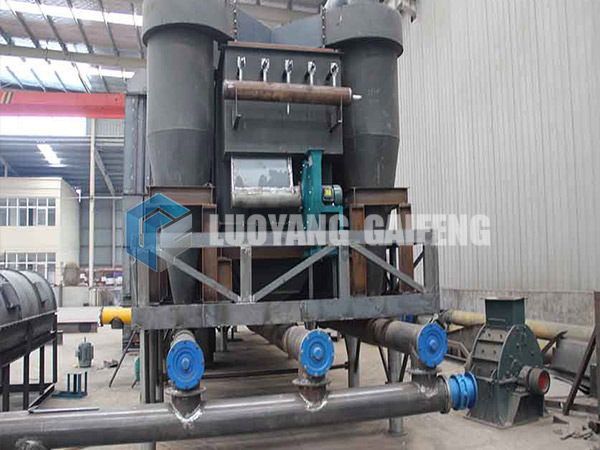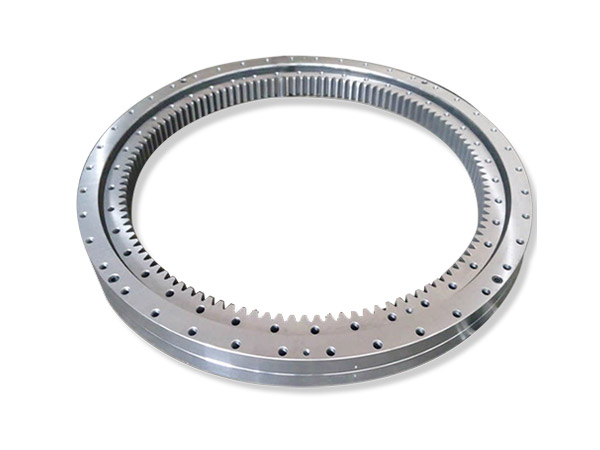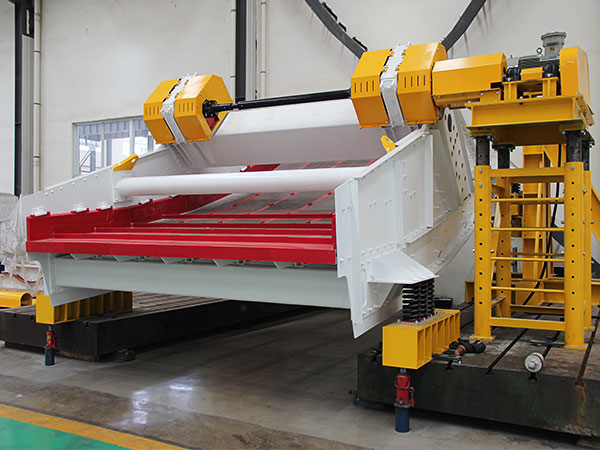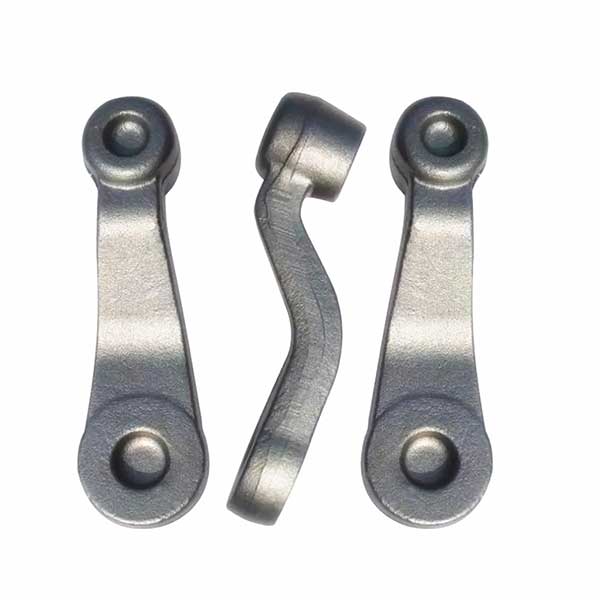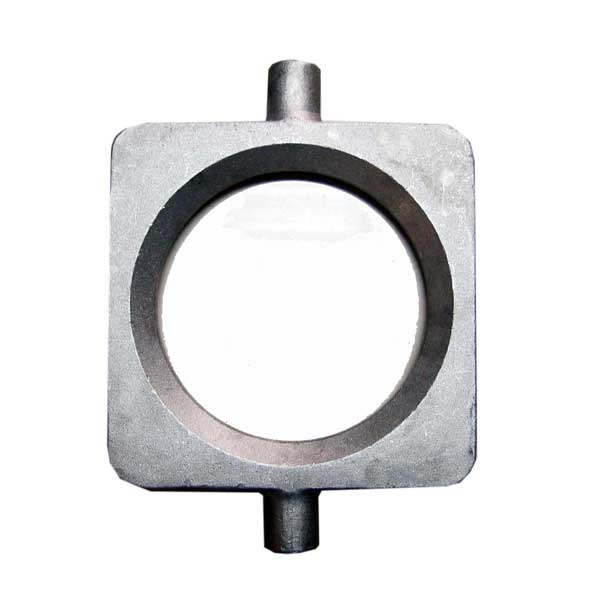At this stage, valve bags are still very few in the field of wheat flour applications. The key factor is that valve bags are more expensive than packaging bags, but valve bags have waterproof, anti-corrosion, unilateral air permeability, good airtightness, environmental protection and biodegradation. , suitable for high stacking, long-distance shipping container transportation and other advantages, some baking powder, chicken powder, high-grade wheat flour use valve bag packaging.
Types of valve bags
Paper composite valve bag: It is made of woven bag (commonly known as acupuncture non-woven fabric) as a board, and is made of a composite type by casting method (cloth/film/paper composite type is three-in-one).
Packaging paper valve bag: It is made of kraft paper, (the packaging paper is mainly divided into imported kraft paper and domestic packaging paper). The number of superimposed layers of packaging paper varies from one layer to six layers according to the main purpose, and the middle can be coated or Add PE plastic film.
PE valve bag: alias heavy bag valve bag, made of poly-Zene plastic, the wall thickness of the film is generally in the middle of 8-20 silk.
Low melting point valve bag: made of low melting point poly-Zene plastic, the wall thickness of the film is generally in the middle of 8-20 silk, suitable for large-scale production and application in chemical factories on production lines, which can reduce environmental pollution and reduce employee labor efficiency.
Composite valve bag: It has the printability of printing paper and the waterproof and firmness of plastic. It is a new material.
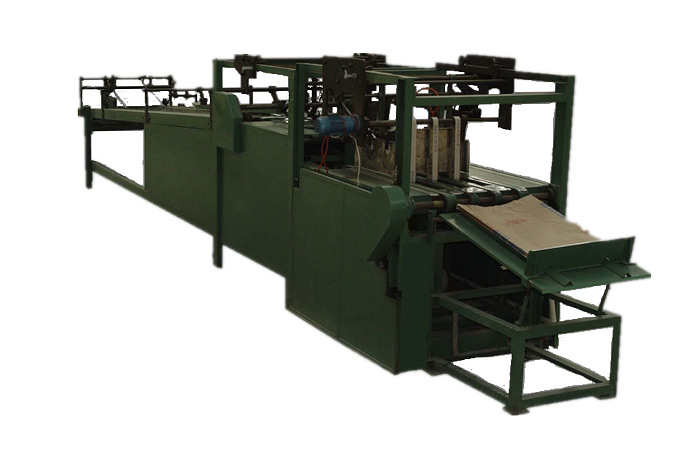
The working principle of valve bag packaging machine
1. The valve bag packaging machine uses the motor as the power source to drive the impeller in the discharge seat to rotate smoothly to achieve uniform feeding;
2. The sensor measures the weight of the material in the bag and inputs the measurement signal into the microcomputer. When the filling weight requirement is met, the microcomputer outputs the signal, and the sealing cylinder extends into the working state to seal the discharge port;
…
Details can be accessed by clicking here:https://www.lyhuatianm.com/products-information/application-of-valve-bag-packaging-machine-in-flour-industry.html

